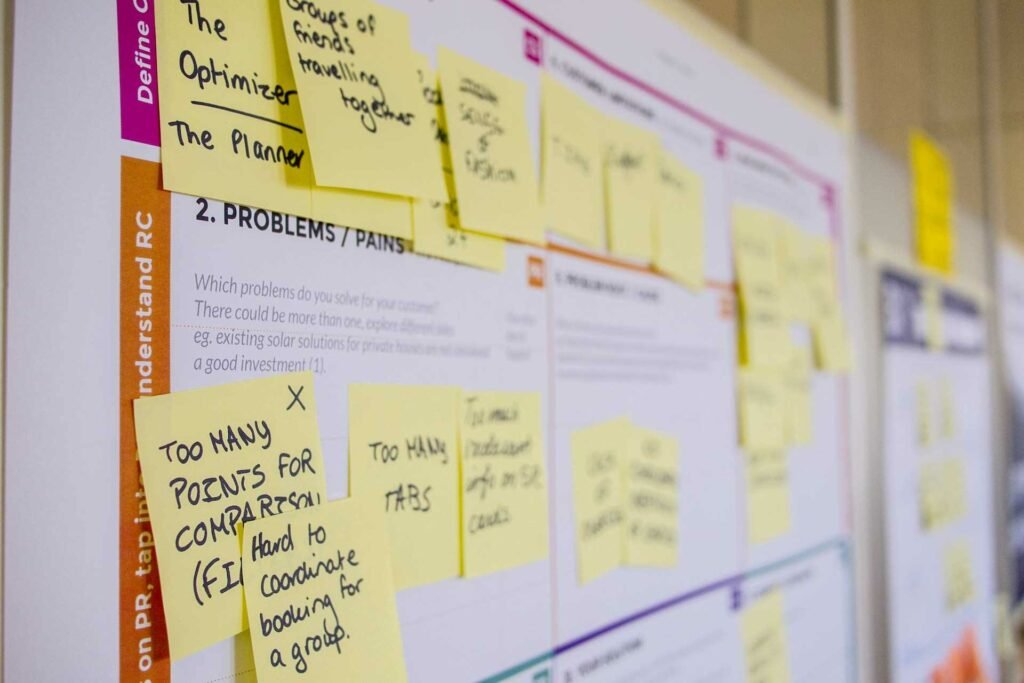
To survive in the current business landscape, entrepreneurs need to think on their feet. Changes are bound to happen, which is why it’s the responsibility of the business owner to adapt to them. One of the principles that can help with that is the Agile methodology.
It’s the foundation upon which the concept of product increment has been built. It places a lot of focus on being flexible while allowing for collaboration from others. It’s a different approach to project management that prioritizes efficiency.
This article will focus on how you can apply the same ideas to any business.
Agile Methodology: A Quick Overview
The Agile methodology is based on four core pillars. These are:
- Customer collaboration.
- Response to change.
- Individual and interactions.
- Working software.
As you can see, some of these are already things that you’d focus on in a business. That’s why by implementing the Agile methodology, businesses can adapt to changes in customers and respond in kind.
Agile also promotes better project transparency. So customers get to know what the project is all about. And since everything gets streamlined, the product can be put on the market faster, thus enhancing customer satisfaction.
Switching to Agile
Chances are, if you’ve owned the business for a while now, you’re already used to using traditional methodologies for your business. But the issue with those is that they’re too case-specific and rigid. They don’t leave a lot of wiggle room for sudden changes, which can be a hindrance in many cases.
Compared to that, Agile allows you to change your strategy and approach on the go. It’s more customer-centric, which means that if the needs and market dynamics change, you can respond to it quickly, enhancing a customer’s experience.
Implementing Agile: Getting Started
If you’re interested in starting the switch to Agile, the first thing that you’ll need is to choose a framework. Ideally, you should choose one that aligns with your business goals. It can be Scrum or Kanban.
Just make sure it has everything needed to smoothly run business operations. For the best results, you should also choose a Product Owner to guide your team through the new changes.
The Agile Lifecycle: Sprints and Iterations
If you want a more fundamental understanding of how Agile works, then acquire the knowledge of Sprints first. Think of them as timed iterations. Each Sprint can last anywhere from 2-4 weeks.
All Sprints will begin with the team getting together and committing to specific goals. The final target of each iteration is to create something that can be shipped as an iteration. Having multiple Sprints also encourages the room for feedback, which can lead to improvement for the product.
Overcoming Agile Challenges
While Agile brings about many positive changes, it also brings some challenges with it. The work culture needs to change a lot if you want to make this new methodology work. To ensure everything happens smoothly, identify and address the challenges as they appear.
Measuring Success in Agile Projects
Just like you would with the old business structure, you need to measure the key performance indicators of your Agile projects as well. There are several important metrics to think about.
Some of the more important ones are velocity, sprint burndown and customer satisfaction. All of these combined will give you a better idea about how the project is doing. It’s important to keep track of these things regularly to make sure your teams meet their goals on time.
Before You Go
If you’ve decided to apply Agile to your business, you can achieve a lot of adaptability. This new business framework should give you better efficiency and improve customer satisfaction.
Since Agile allows you to respond to changes rapidly, it’s perfect for riding the waves of the trend in today’s market. Get started today, and sprint with your business for a more successful future.
